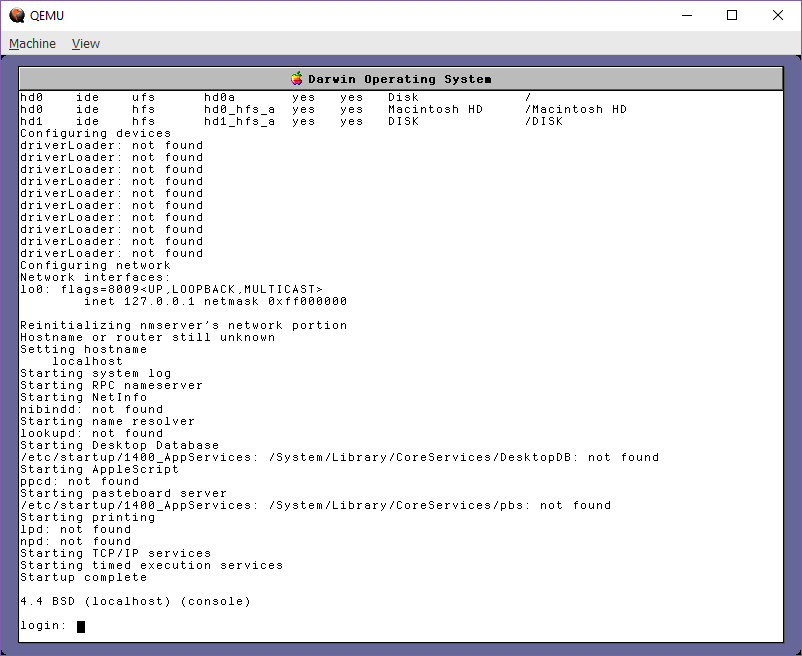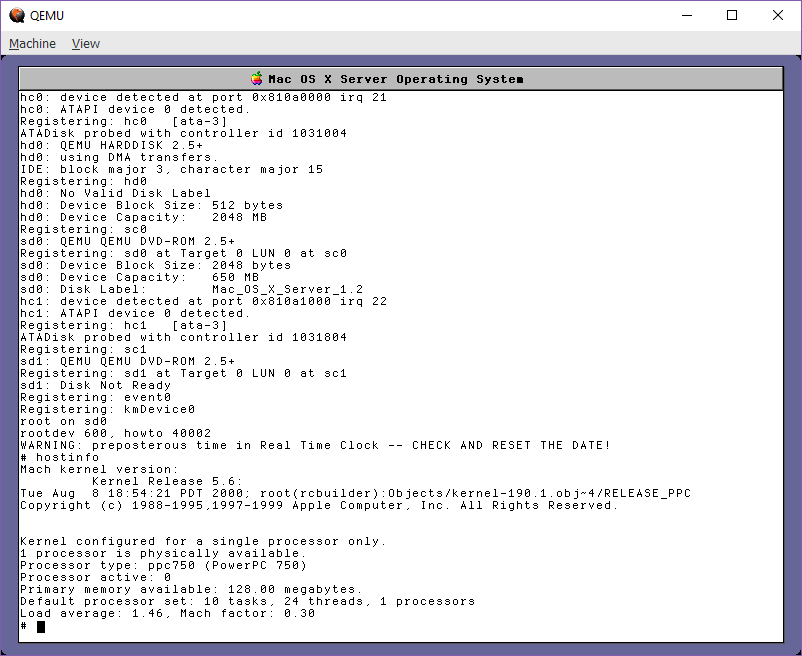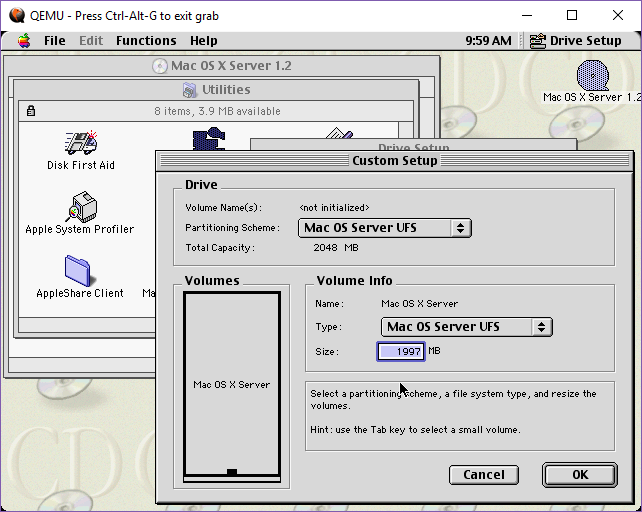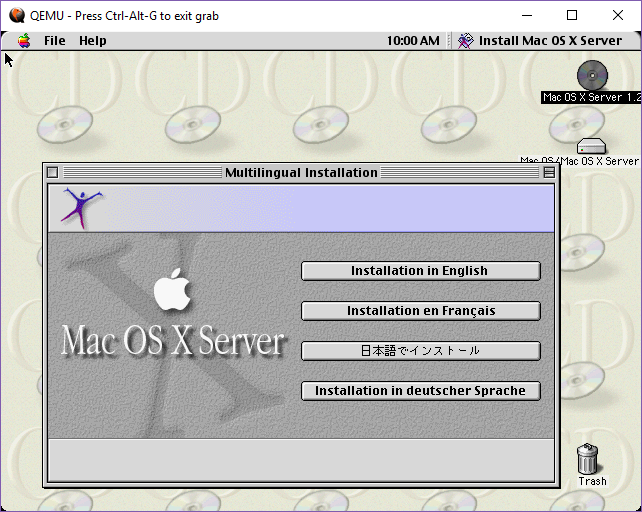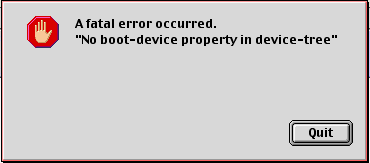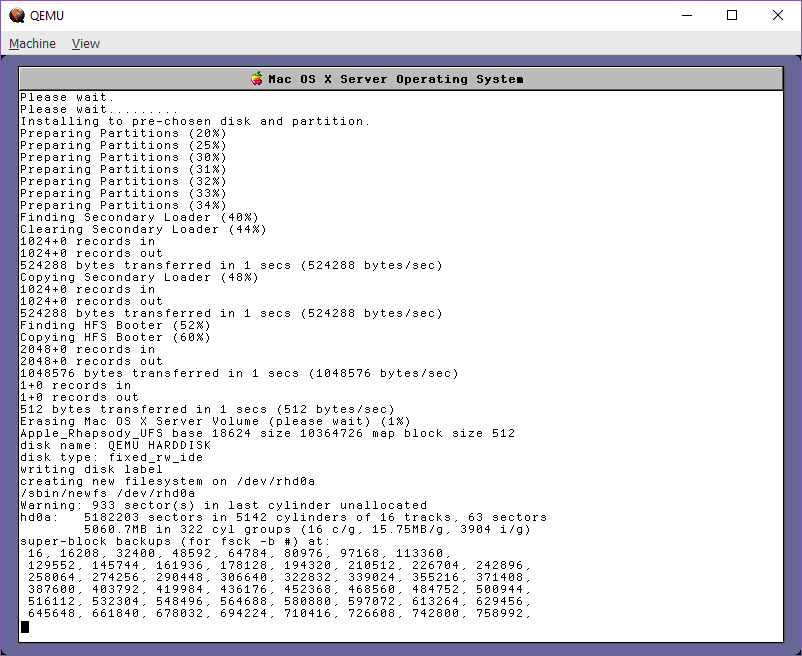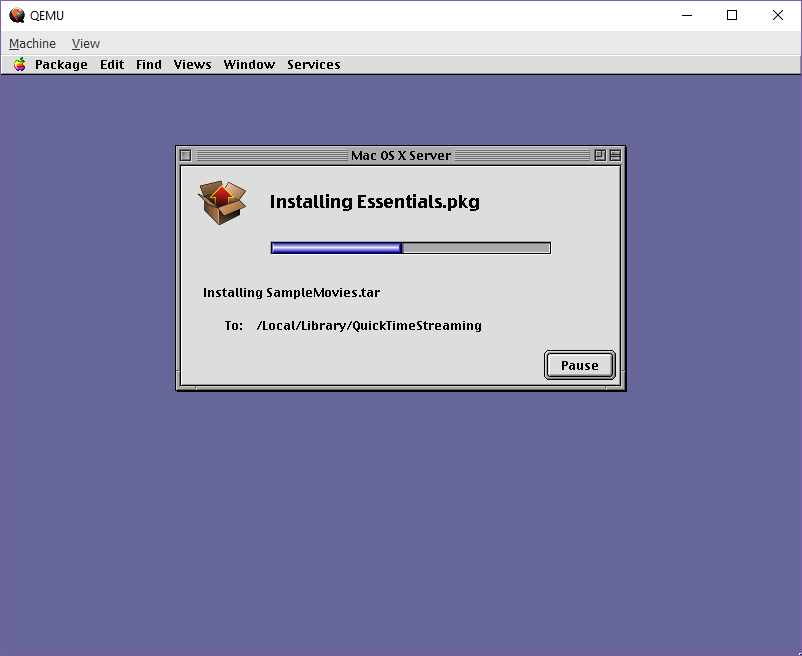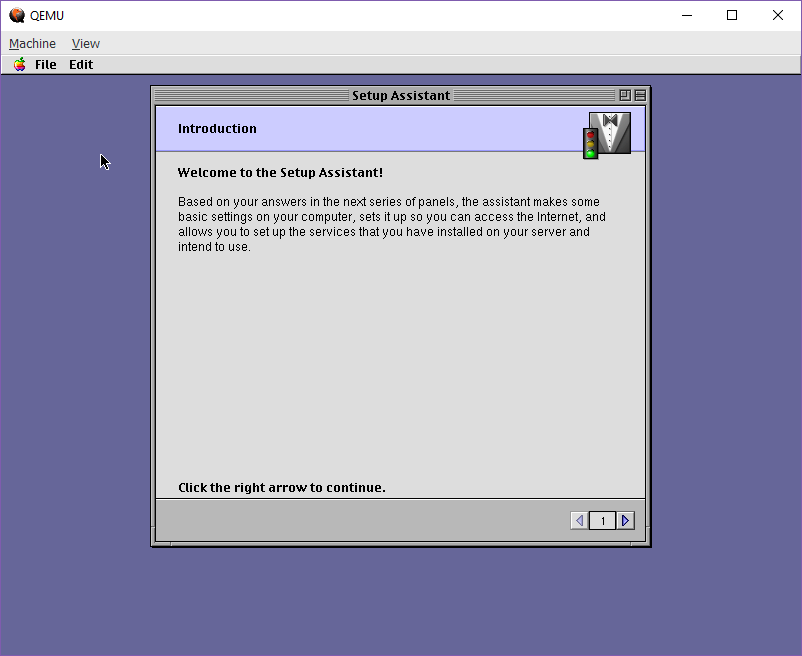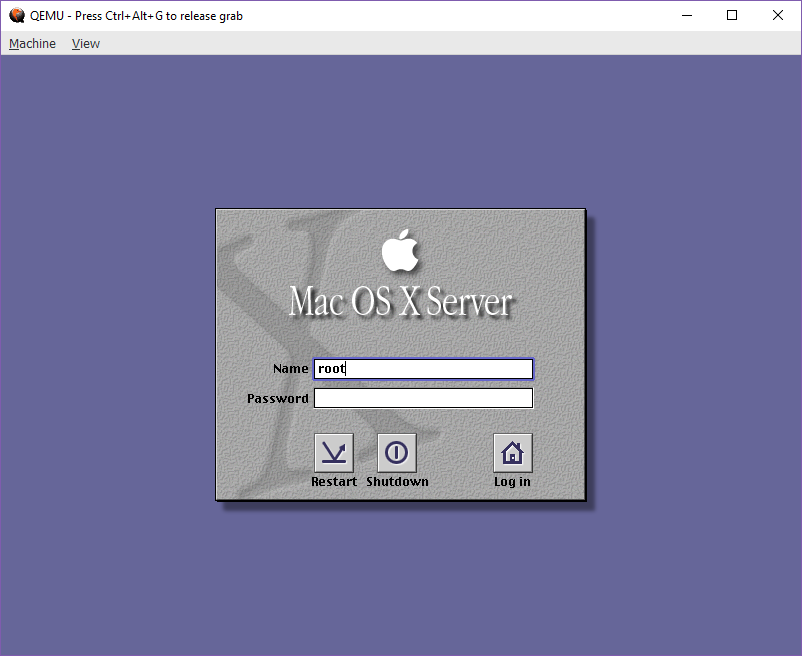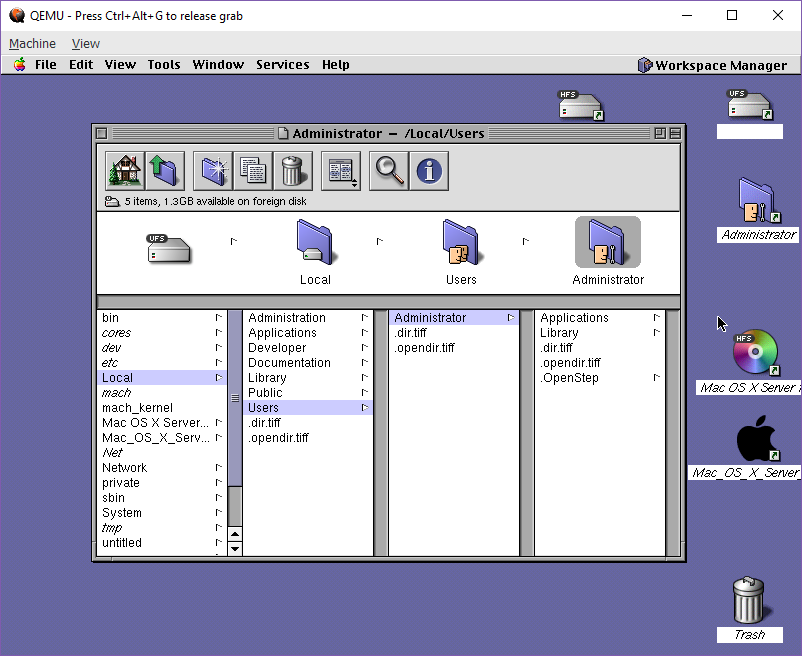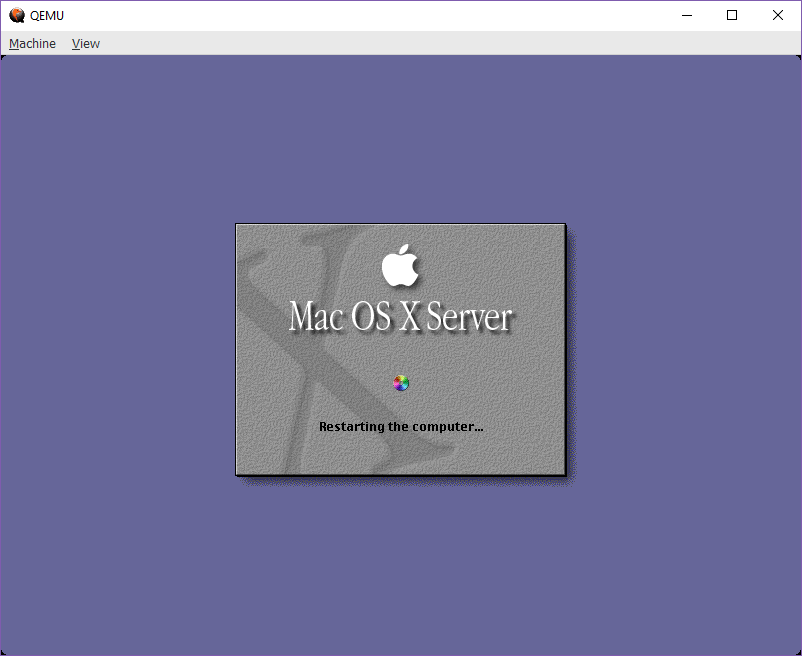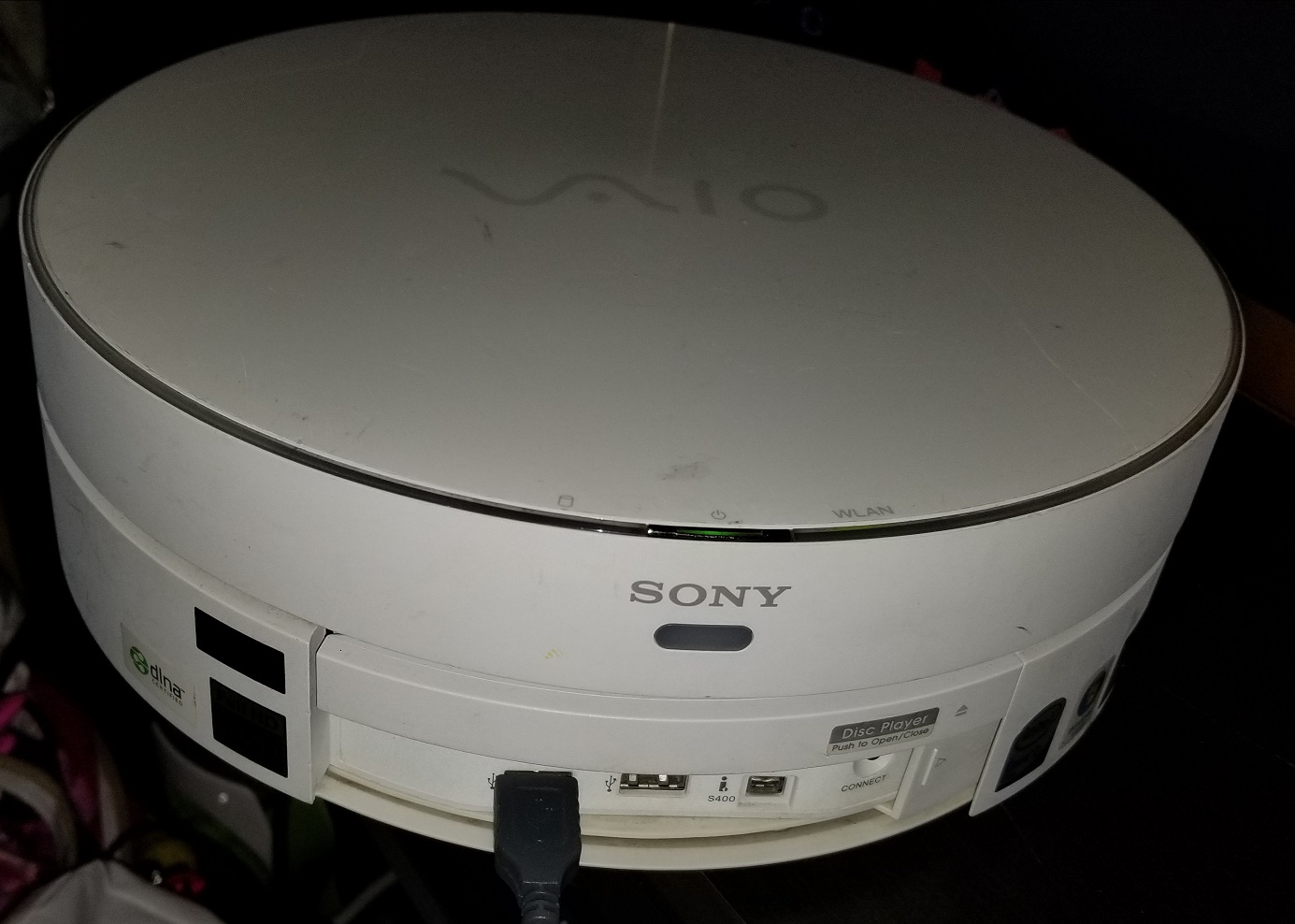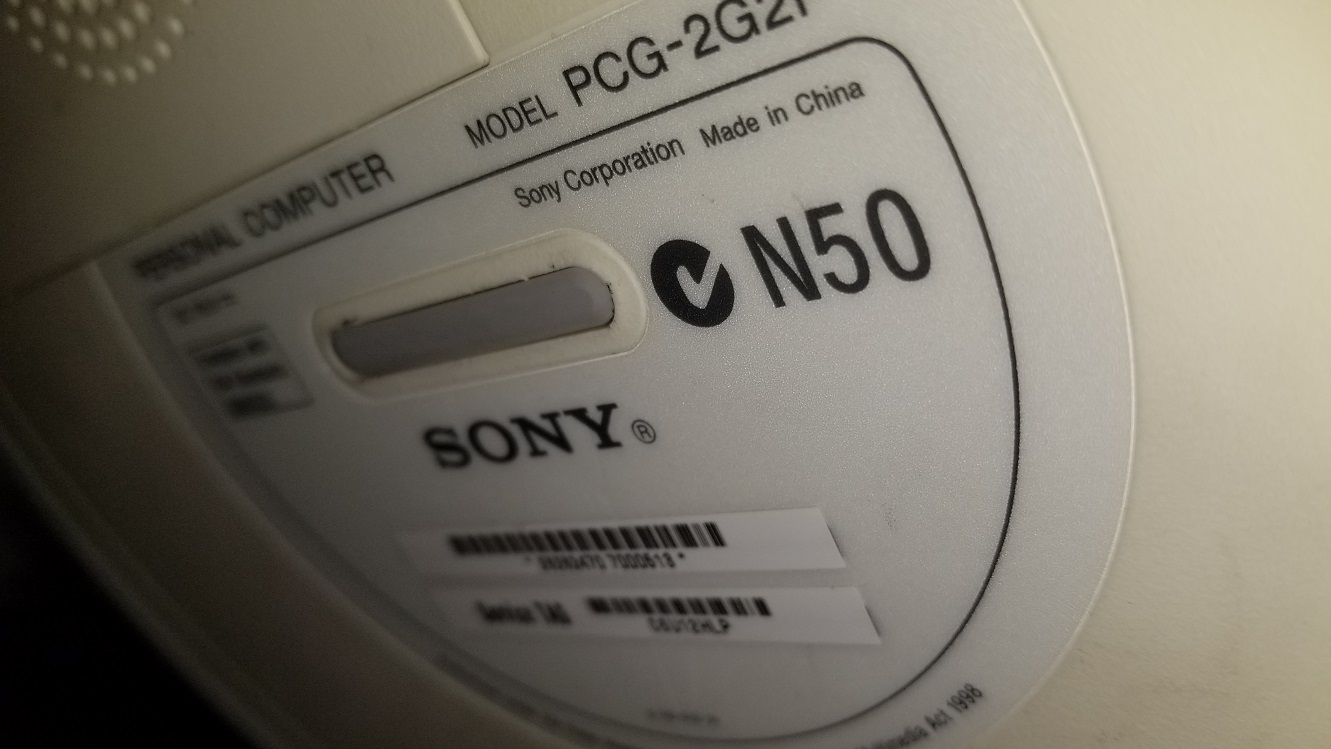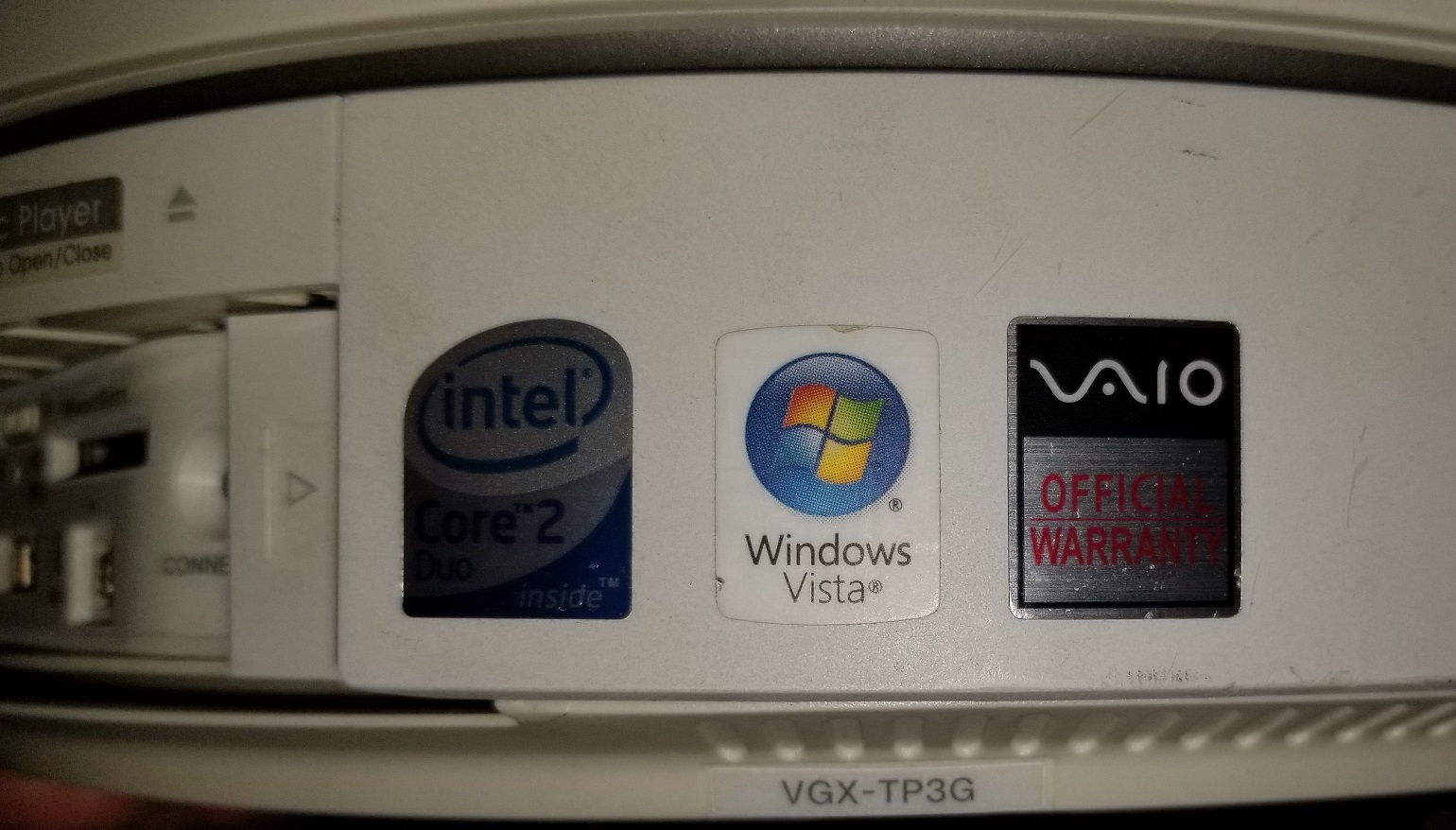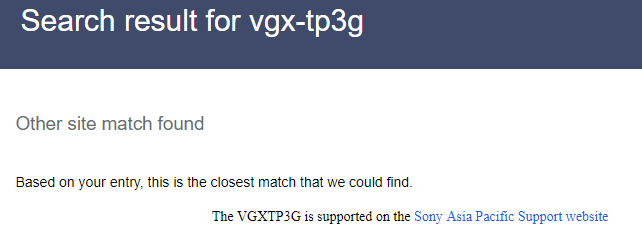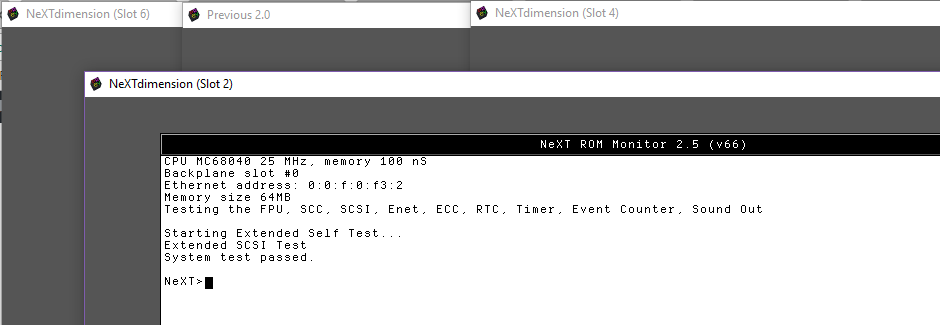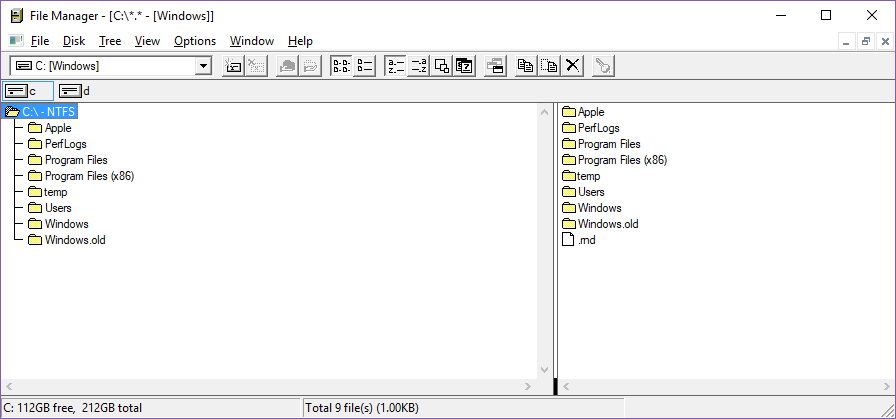So yeah HOURS of fun. Even though the database is only a few gigabytes, it took a while to rebuild everything as ‘cvs pserver’ package for Debian runs in a chroot of /var/lib/cvsd which doesn’t play nice when your archives are all created in /var/lib/cvs .. The cvs-web VM doesn’t seem to care, but the logon process for anonymous sure does.
Anyways the following archives are online:
- 32v
- binutils
- cblood
- Corridor8
- CSRG
- darwin0
- darwinstep
- djgppv1
- dmsdos
- doom
- dynamips
- frontvm
- gas
- gcc1x
- gcc2x
- gcc130-x68000
- gdb
- linux001
- linux
- lites
- mach
- MacMiNT
- MiNT
- net2
- nextstep33examples
- pgp
- plan9next
- qemu
- quake1
- quake2
- research
- rsaref
- sbbs
- simh
- TekWar
- tme
- truecrypt
- uae
- winnt
- WitchavenII
- Witchaven
- xinu
- xnu
Say you are interested in Research Unix v6, you logon to the CVS server:
cvs -d:pserver:[email protected]:/research login
And in the case of research & CSRG there is multiple modules (directories) and it’s probably best to list them to see which one you want.
$ cvs -d:pserver:[email protected]:/research ls
CVSROOT
researchv10dc
researchv10no
researchv3
researchv6
researchv6id
researchv6kw
researchv7hs
researchv7kb
researchv7ni
researchv7th
researchv8dc
researchv9
Which in this case I tried to keep it somewhat sane with each found distro with some initials when there was more than one… As always its easier to look through the web interface (for me) and then decide which one to checkout.
And then you can checkout v6
cvs -d:pserver:[email protected]:/research checkout researchv6
Of if you wanted the Emacs that was in Research Unix v9:
cvs -d:pserver:[email protected]:/research checkout researchv9/cmd/emacs
Ok, that’s great, but how about something that has all kinds of source overlaid in varous branches, like my doom repository? First login, and then check out the default repository:
cvs -d:pserver:[email protected]:/doom login
cvs -d:pserver:[email protected]:/doom checkout doom
Now we can run this quick thing I threw together to get each of the branches.
cvs -d:pserver:[email protected]:/doom log -h | grep -P ‘^\t’ | awk ‘{print $1}’ | sort|uniq| sed -e ‘s/://g’
And now this will tell us there is the following branches:
djgppdoom
heretic
hexen
iD
jagdoom
linuxdoom
windoom
So, let’s say I want to look at the Jaguar port, with the branch name of jagdoom:
cvs -d:pserver:[email protected]:/doom checkout -r jagdoom doom
You will get errors about not having write permission into the CVS repository to set your current tag level, but that is fine, because you don’t have permission. And now if you check the directory it’s at the Jaguar port level, as the 68000 based assembly is now in the directory:
$ ls doom/*gas
doom/decomp.gas doom/music.gas doom/p_sight.gas doom/r_phase3.gas doom/r_phase7.gas
doom/dspbase.gas doom/p_base.gas doom/p_slide.gas doom/r_phase4.gas doom/r_phase8.gas
doom/eeprom.gas doom/p_move.gas doom/r_phase1.gas doom/r_phase5.gas doom/r_phase9.gas
doom/gpubase.gas doom/p_shoot.gas doom/r_phase2.gas doom/r_phase6.gas doom/sfx.gas
$
I don’t think many will care, but well for those who do, here you go. Anyways the web browsing from unix.superglobalmegacorp.com should be working just fine. Although I did move a bunch of stuff around, so people who like to deep link, I guess you are kinda screwed.

